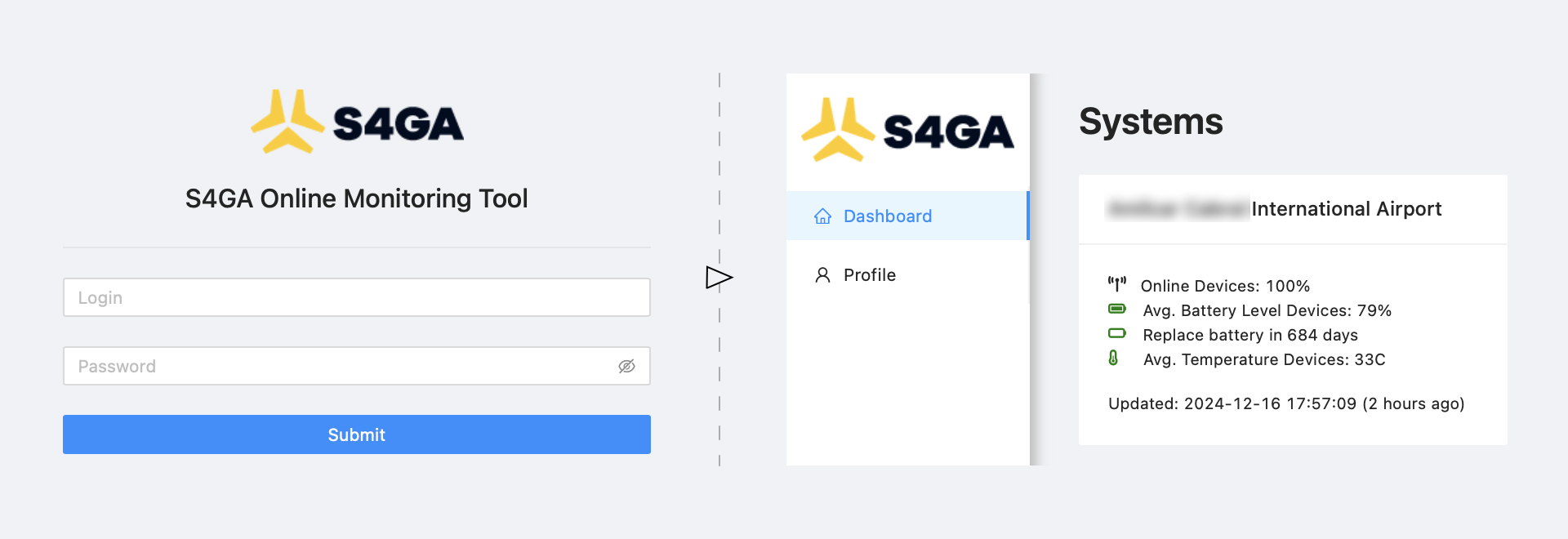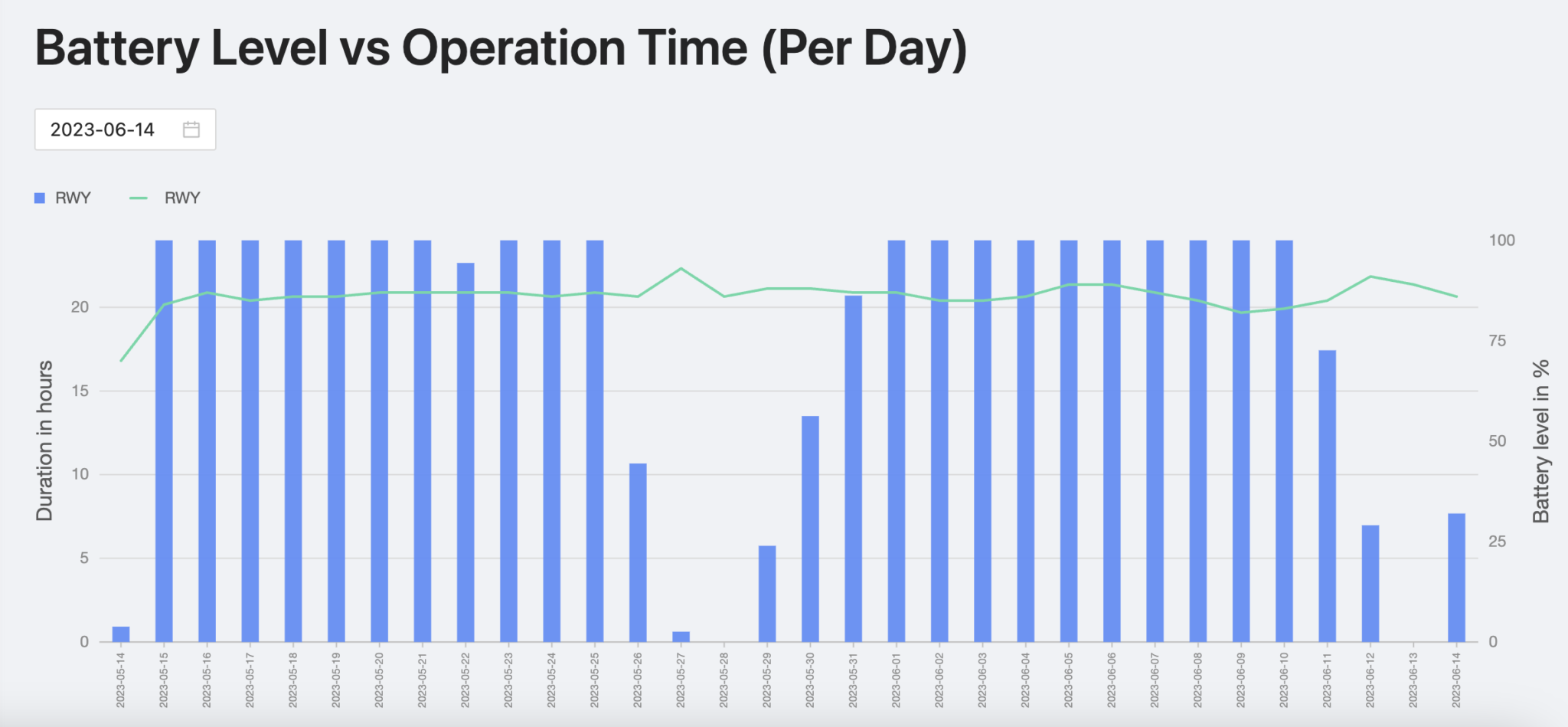



S4GA Solar Airfield Lighting has been successfully deployed at over 200 airports worldwide, positioning itself as a next-generation solar airfield ground lighting (AGL) system. As a permanent airfield lighting solution, it has consistently met rigorous airport requirements and international standards, proving its reliability and sufficiency over the years.
However, not all airfields enjoy abundant sunlight. Some are in regions with limited daylight. So, how does S4GA address the challenge of limited operating hours?
With over a decade of data from installations, the S4GA team has developed an effective methodology to tailor each installation to the specific airport operating requirements. This approach is divided into two robust phases – design and operational – that include a feasibility study, on-site testing, and real-time data collection.
At the beginning of the design phase, we prepare a feasibility study. First, we analyze the maximum operational capabilities of our solar lighting at a given airport. To do this, we use the PVGIS – Photovoltaic Geographical Information System. The data in the feasibility study shows the optimal schedule for the lighting usage in a specific region without risking blackouts.
Next, we conduct on-site testing. Testing the S4GA Solar AGL under real conditions validates our feasibility data and enables us to assess the lights’ performance at the airside.
Lastly, we leverage our Airfield Lighting Control and Monitoring System (ALCMS). The S4GA ALCMS provides real-time data from each light, accessible to the airport personnel. The system allows operators to monitor each light’s status, charge level, and operational lifespan, eliminating uncertainty about their condition and performance.
You can also access our Monitoring Portal and review how the lights performed under specific conditions and during particular periods.


S4GA’s data-driven approach has proven successful worldwide. For example, at Elliot Lake Airport in Canada, where winter days are short and temperatures drop significantly, our Solar AGL performed reliably with no blackouts. Similarly, at Tiree Airport in the UK, the S4GA system operates seamlessly despite high cloud cover and humidity.
Curious to see the performance capabilities at your airport?
Request a free trial of S4GA solar lights